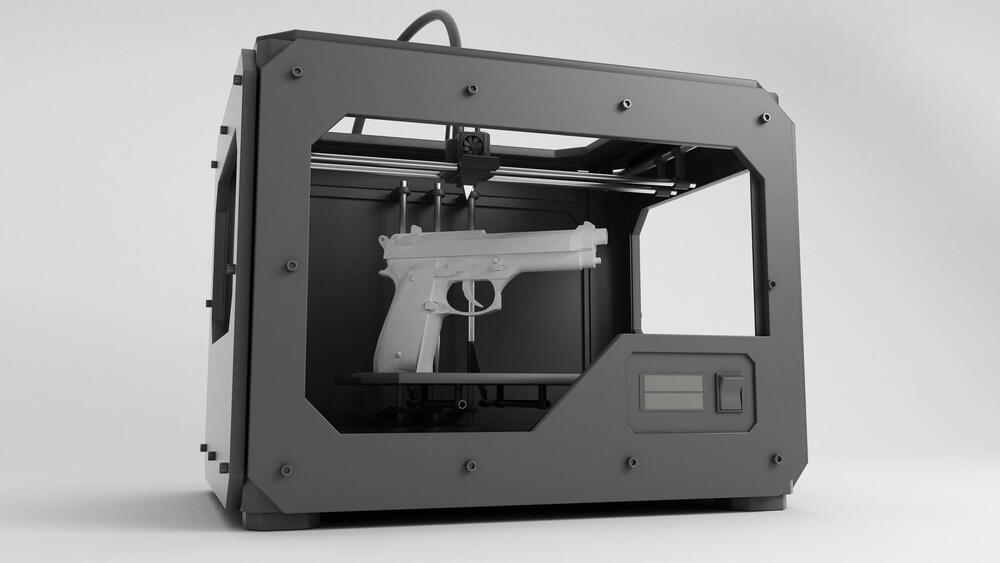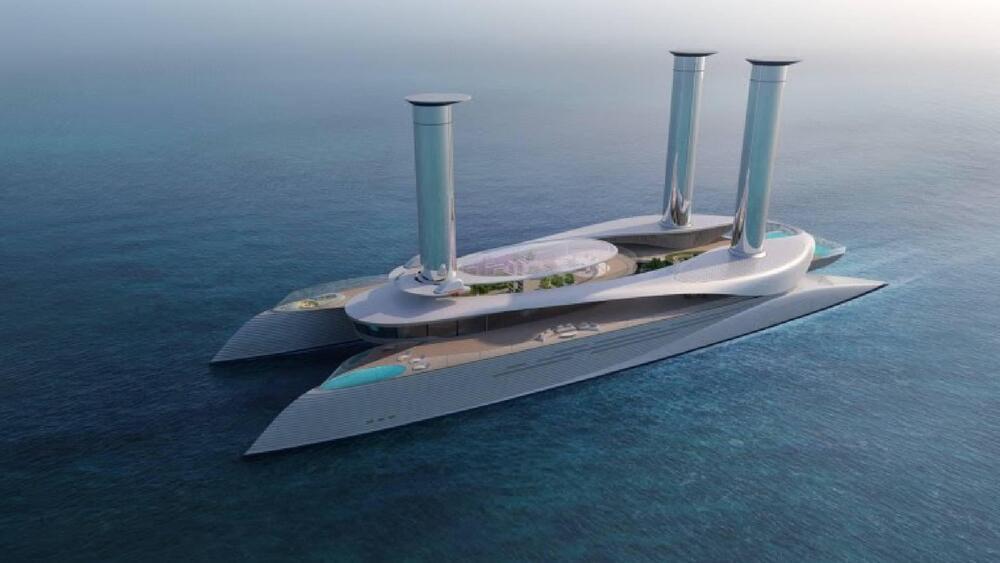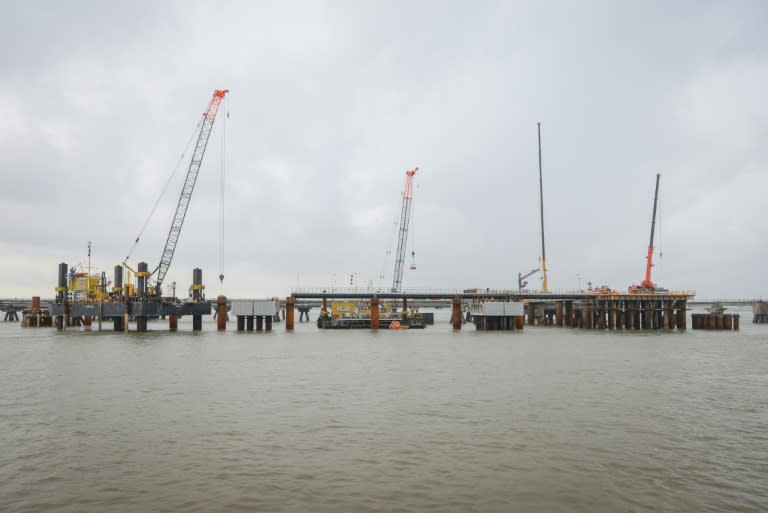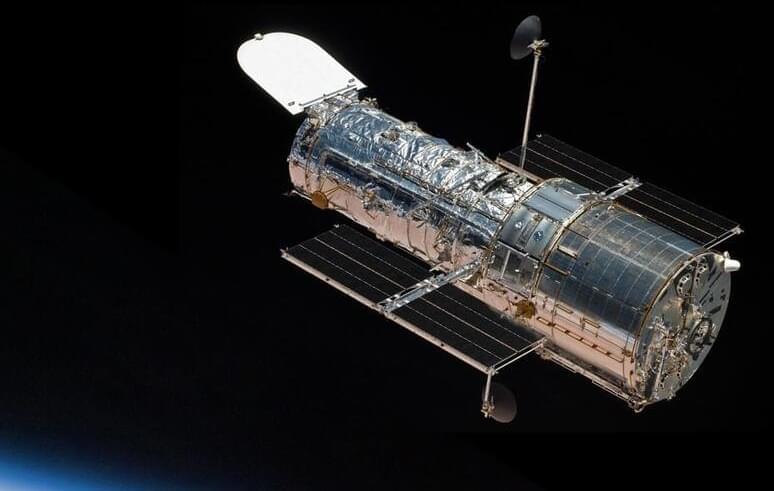The man printed 110 firearms.
An upstate New York man told New York’s WKTV.
“I 3D-printed a bunch of lower receivers and frames for different kinds of firearms,” Kem told WKTV. “And he sees the tote and says, ‘how many firearms do you have?’ And I said, ‘110.’”
The idea came to him after seeing some relevant Twitter posts. New York AG’s “Cash for Guns” program tells residents that they can trade in firearms for money and many people on Twitter were considering doing so. This inspired Kem to use a $200 3D printer he’d gotten for Christmas to make some cold hard cash.
However, Kem added that getting his money was not so easy. He had to haggle and negotiate with the Attorney General’s Office staff. He ended up spending his whole day in this endeavor.








